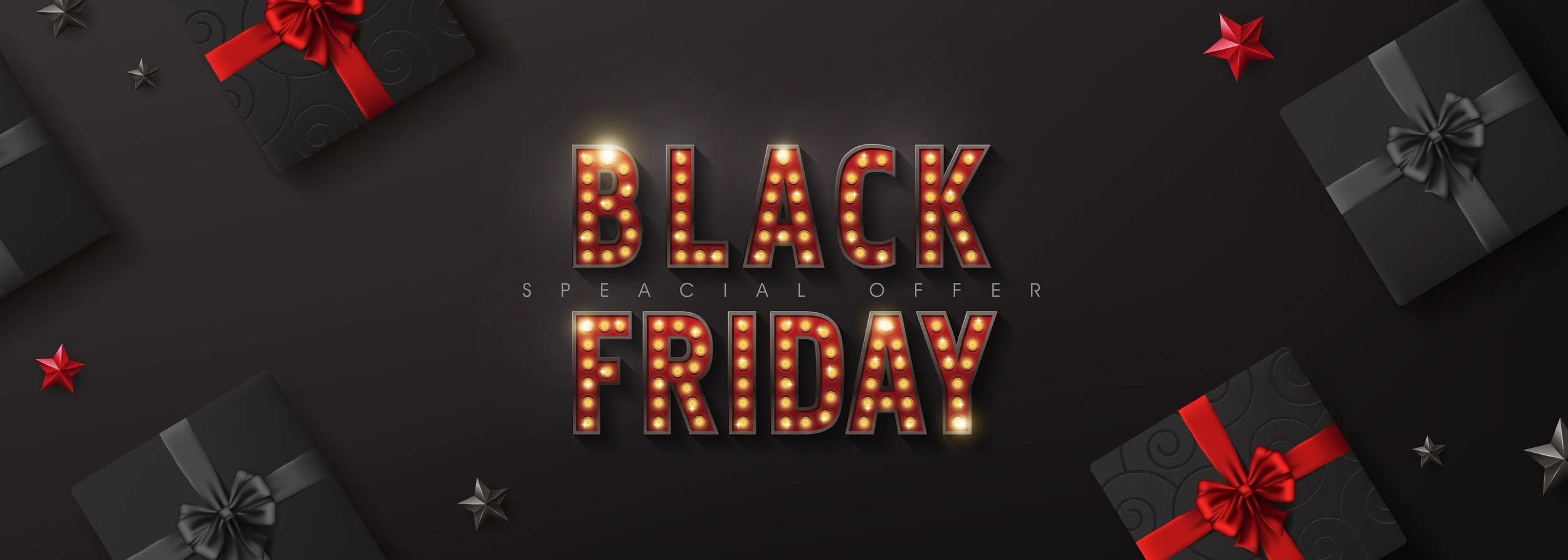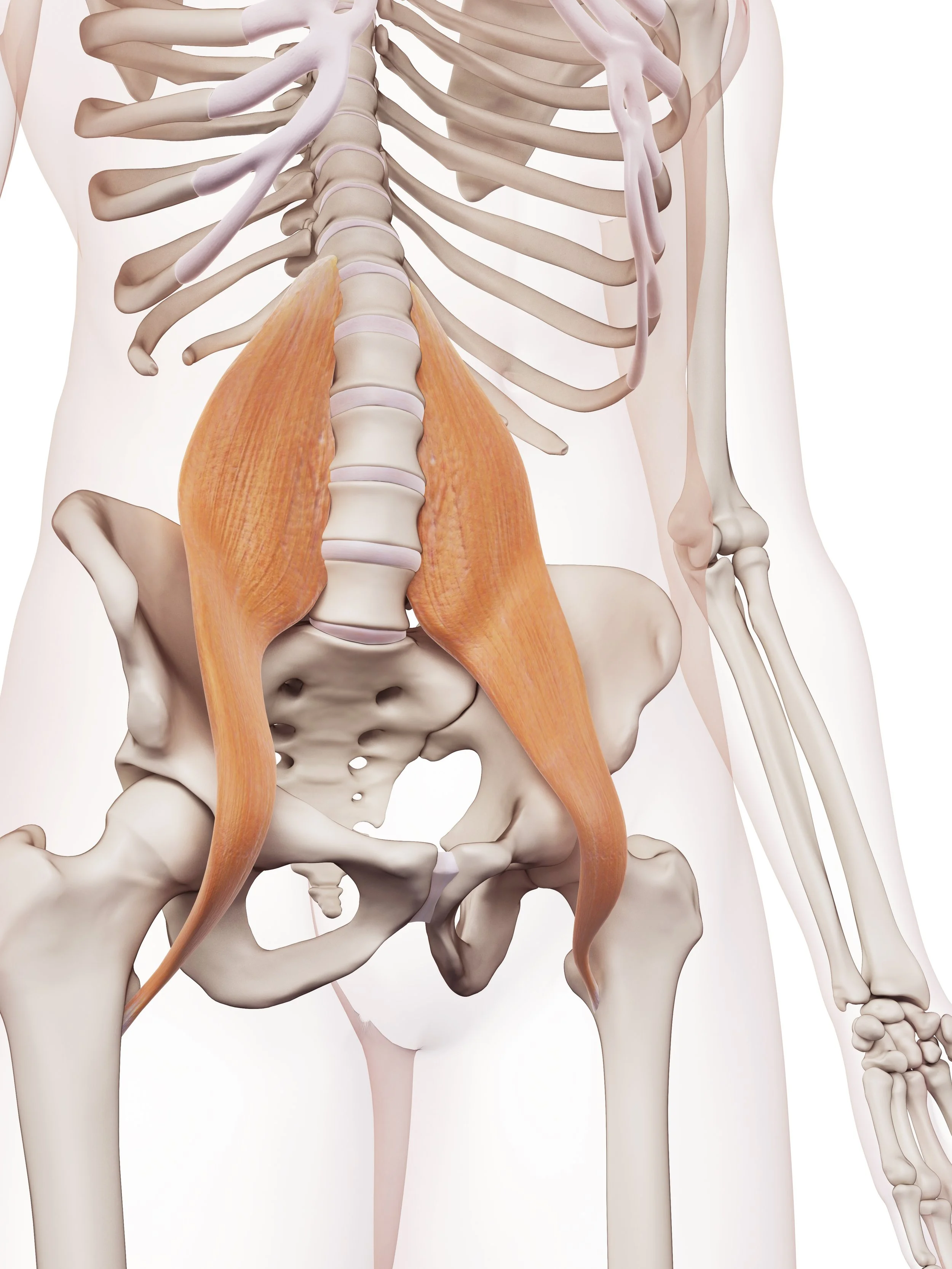When a patient presents with heel and arch pain, you need to evaluate several structures that can contribute or cause the problem. This will include examining the following:
Structure of the foot arch for integrity or collapse as well as the ankle subtalar joint for pronation. If the joint/ligament complex of the foot or ankle is no longer intact, you will need to address it fairly soon or else the soft tissue injury will not resolve out of the acute stage. This will often require orthotics combined with the right shoe.
Posture and alignment of the spine and pelvis. Pelvic rotation or short leg can cause asymetrical stress on one foot. Anterior posture of the neck and upper back can cause overload of the posterior heel ligaments.
Muscle balance in the lower leg, especially the deep calf muscle layers. The tendons of those muscles are found on the plantar aspect of the foot and can be over stretched if the calf muscles are unusually tight.
The soft tissues of the bottom of the foot, especially the plantar fascia proper. It is absolutely crucial to assess the texture of the plantar soft tissues to determine if the patient is in more of a chronic stage, with thickened, hardened scar tissue formation, or if the patient is in a fresh acute stage with thinning and partial tearing of the fascia close to the heel origin.






